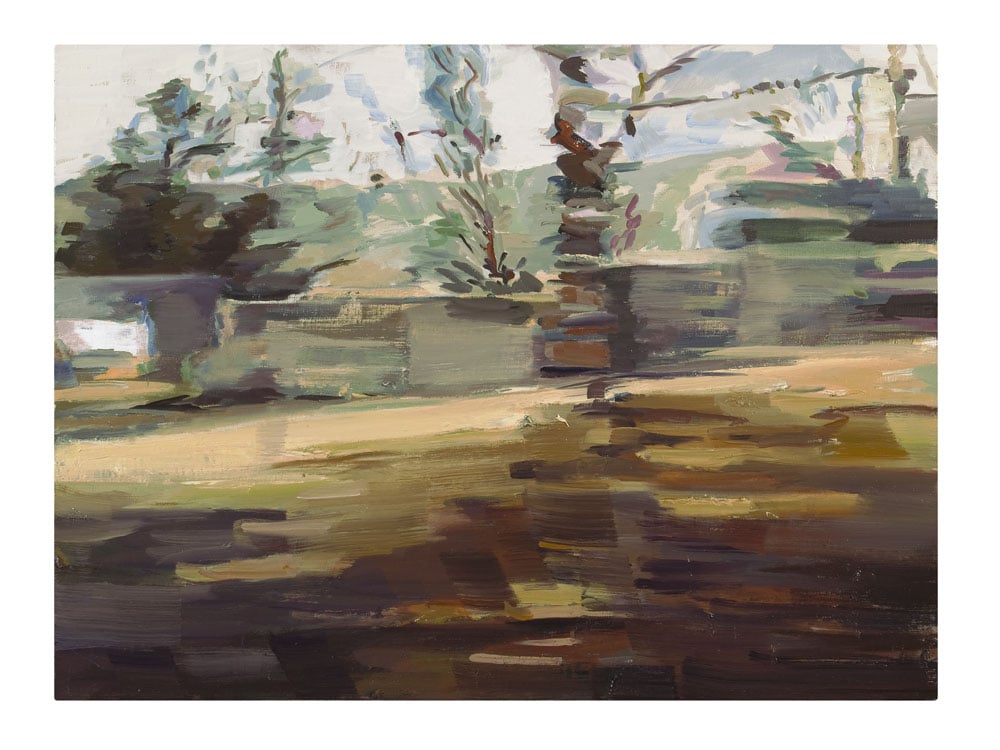Elinore Whidden, Head-Smashed-In-Buffalo-Jump
Kim Adams, Dog House Studio
Monica Tap, One-second Hudson No. 2B
Kate Puxley, Trans Canada (detail)
Jean Luc Goddard, film still from “Weekend”
Shayne Ehman + Seth Scriver, Asphalt Watches (capture from feature length film)
Running on Empty
Robert McLaughlin Gallery, Oshawa, ON
Kim Adams, John Massey, Kate Puxley, Shayne Ehman and Seth Scriver, Monica Tap, Elinor Whidden, and Jean-Luc Godard
January 10 – April 26, 2015
A full colour, 48 page catalogue with an essay by Heather Nicol accompanied the exhibtion.
Catalogue Launch: Sunday 1 February, 1-3:30pm
Throughout most of Canada’s history, the navigation of the landscape by foot, wagon, or canoe, whether for the sake of discovery, trade, or pleasure, proceeded at much slower speeds than it does now. Paved roads have replaced the trails of those earlier days, although they cross the same hills, marshes, and forests, and their routes follow the same rivers and valleys. Today, our encounters with vistas and wildlife often occur from within the metal and glass armour of an automobile while travelling at 100 kilometres per hour.
In his Futurist Manifesto of 1909, the Italian Filippo Tommaso Marinetti declared that man’s triumphs over nature would lead the way to a better future, and called for the overthrow of all that was old! Just a year earlier, Henry Ford’s Model T had hit the streets of America, signalling the dawn of the motor age when industrial proliferation would radically transform lives by providing access to new kinds of convenience and independence.
Our mass love affair with the car had hit full stride by the middle of the last century, and despite a few bumps and hurdles, it has remained intact to this day. Auto bodies and road trips have been evoked in countless images, narratives, and songs, from Hollywood movies to devoted sections of newspapers. However, over time this near-utopian relationship has come under intense scrutiny from a wide range of cultural and environmental perspectives.
Running on Empty presents the work of artists who consider the seductions, and also disillusionments, in our longstanding infatuation with the car and highway. They situate the car as a mediating force in our relationship with mobility and the land, and explore the interconnection of industry and the natural world. In these delightful and challenging works of art expeditions have unexpected consequences, bucolic scenes become a blur, idyllic scenarios are mere fabrications, and history repeats itself.





